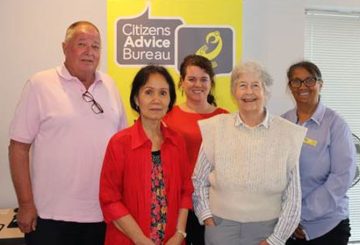Có thể áp dụng giới hạn tốc độ 30km/h trên nhiều con phố Rotorua.
Khả năng này được bao gồm trong những gì sẽ tạo nên một dự thảo kế hoạch quản lý tốc độ và các thành viên của Ủy ban cơ sở hạ tầng và môi trường của Hội đồng Rotorua Lakes sẽ quyết định có nên chuyển sang tham vấn công chúng tại một cuộc họp vào thứ Tư tuần tới.
Số liệu cho thấy việc tăng tốc không phù hợp đã góp phần vào khoảng 60% các vụ tai nạn gây tử vong và 71% các vụ tai nạn thương tích trên toàn quốc.
Có ba lựa chọn cho giới hạn tốc độ đô thị, và lựa chọn ưa thích là thiết lập các kết nối đô thị ở tốc độ 50km/h và các đường phố địa phương, đường bên ngoài trường học và trong khu vực trung tâm ở tốc độ 30km/h.
Nếu được áp dụng cho bán kính 1km xung quanh các trường học, hơn 75% đường phố sẽ được hạ xuống 30km/h.
Chủ sở hữu Honey Comb Sarah Pearson ủng hộ hạ giới hạn tốc độ CBD của Rotorua.
Rotorua salon Honey Comb chủ Sarah Pearson nghĩ rằng việc hạ thấp giới hạn trong khu vực trung tâm là một ý tưởng tuyệt vời.
Wright tin rằng giới hạn sẽ cần phải được thực thi với camera tốc độ, tuy nhiên.
Rotorua Cycle Action đã ủng hộ tốc độ thấp hơn trong khu vực CBD trong nhiều năm.
Các thành viên được bầu chọn được yêu cầu chấp nhận cách tiếp cận được đề nghị để thiết lập giới hạn tốc độ cho Rotorua và việc sử dụng phương pháp này để tạo ra một dự thảo kế hoạch quản lý tốc độ và cho phép tham vấn công chúng về nó.
Tín dụng: sunlive.co. nz


















































-360x245.jpg)











